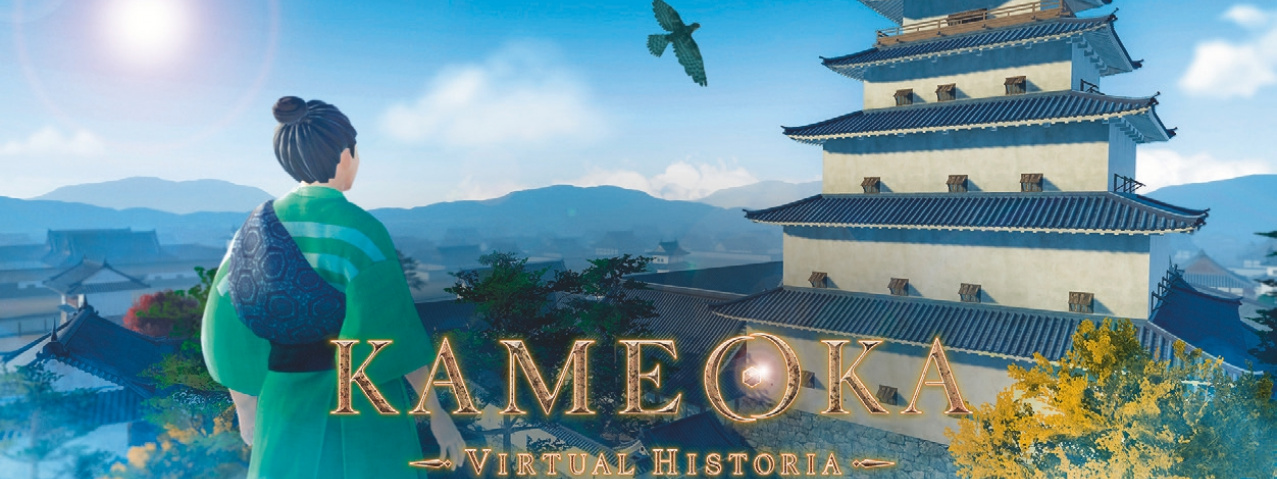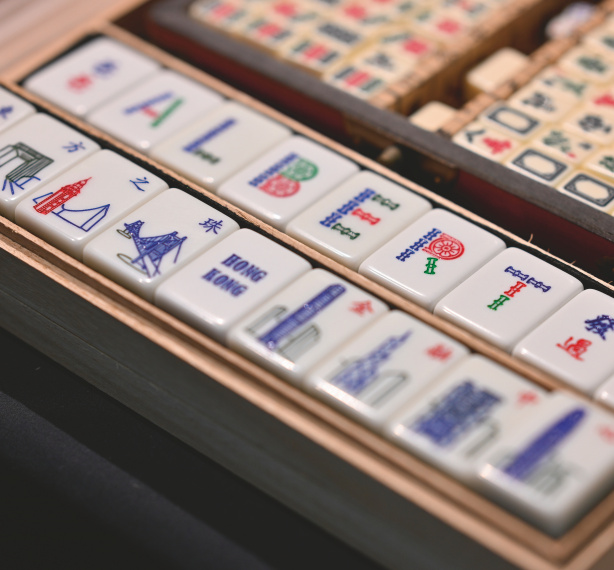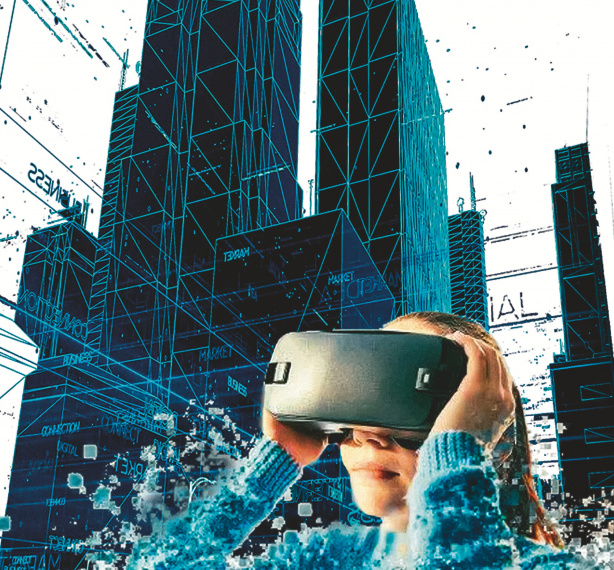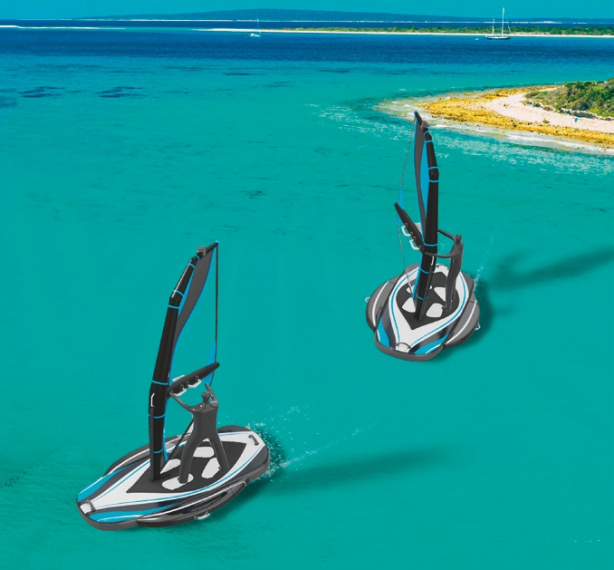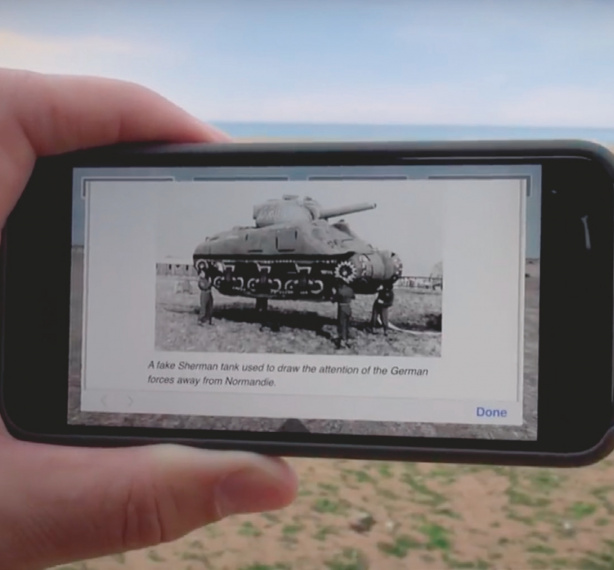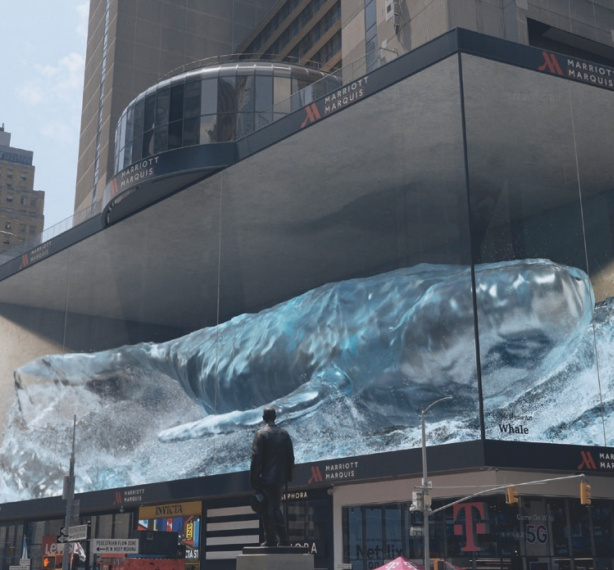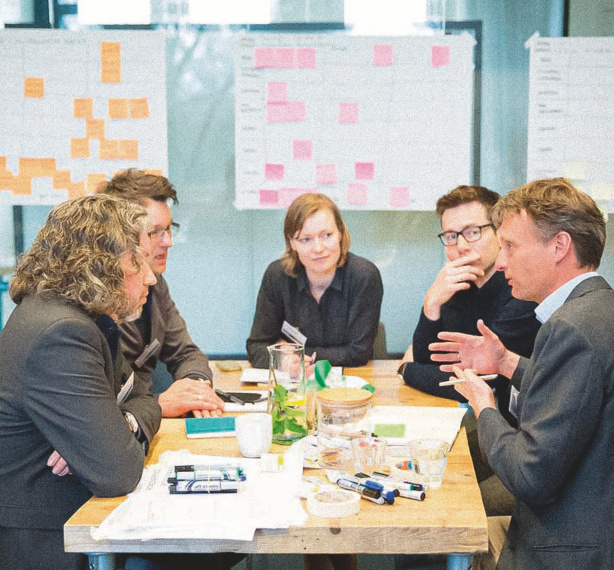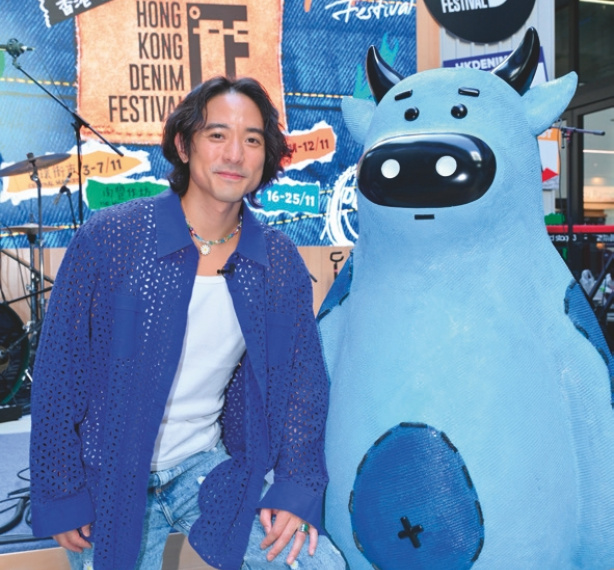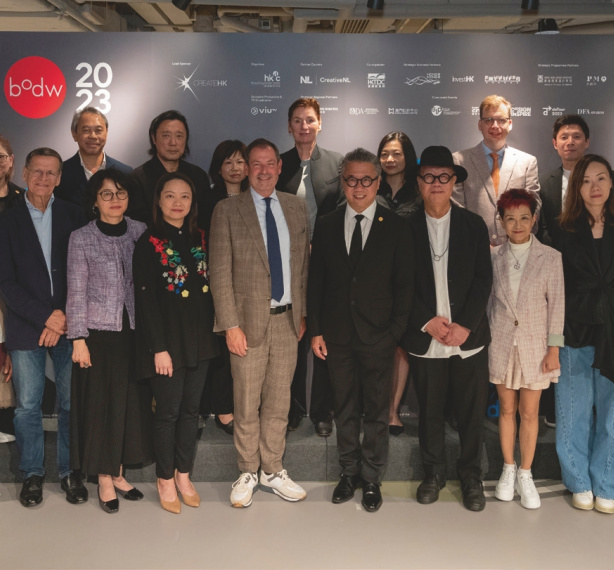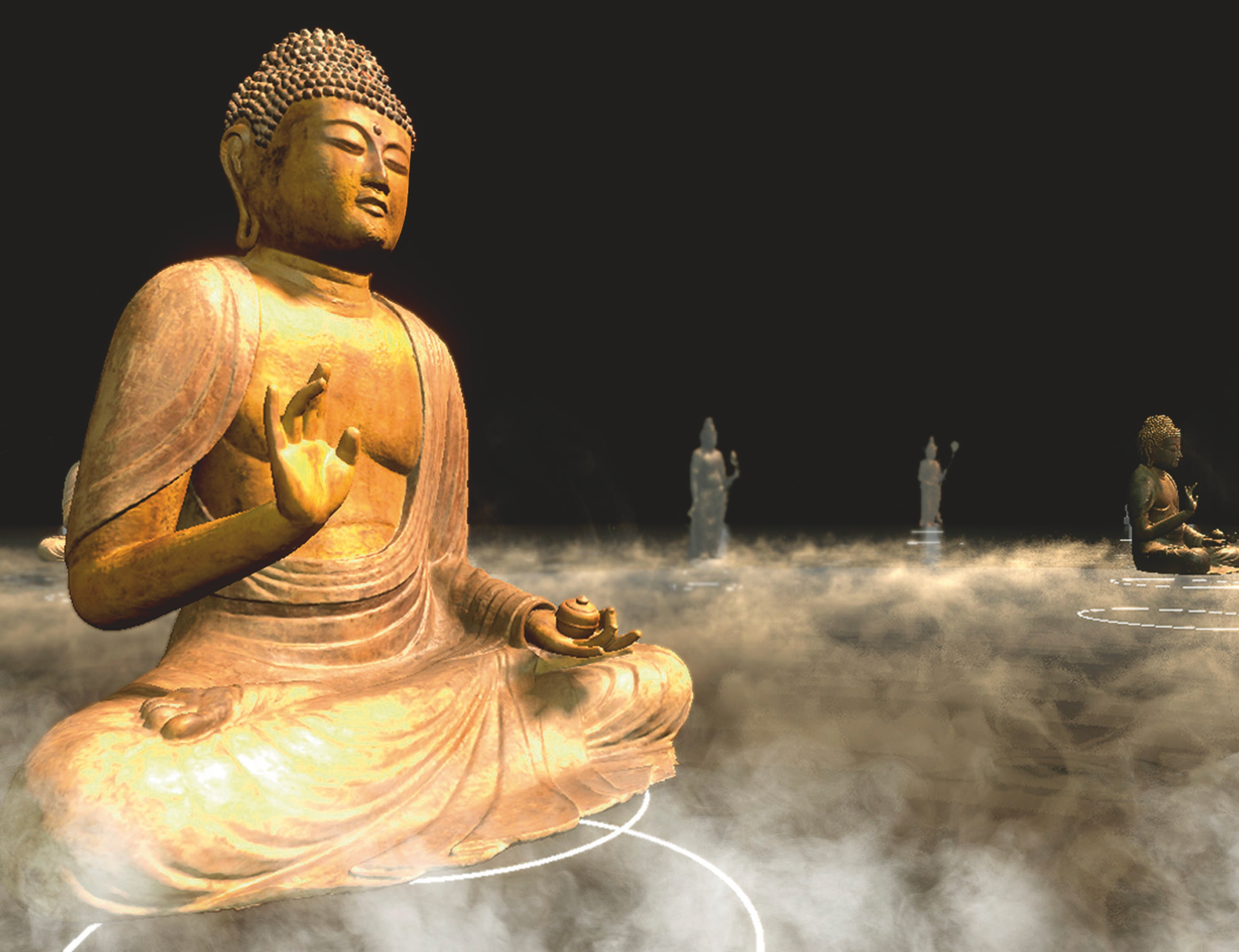
|
The metaverse is set to play an important role in our digital future. However, what problems it solves and how it develops is still unclear, and real-world challenges such as population decline and disinterest in cultural heritage defy an easy digital fix. Regardless, Kameoka City in rural Japan is betting that the metaverse could help in tackling just these problems.
To stay alive, culture and heritage not only need to be accessible but also require an audience, people who will take the time to wonder and rejoice at what has come before them. In Japan, facing a future with fewer young people and increased competition for their attention, there is growing awareness there won't be enough people willing and able to take up the responsibility for passing on traditional culture and preserving heritage sites. Known as the "lack of successors" problem, recently the Japanese government enacted the Revised Museum Law to encourage digitising archives and increase cooperation between museums and related cultural heritage institutions. Facing just such cultural successor issues, the medium-sized city of Kameoka has taken its cue from this new law to digitally revamp its cultural institutions as a way to generate new audiences.
Located close to Kyoto, the ancient capital of Japan, Kameoka is surrounded by fertile lands and abundant water. The area's agricultural importance is complemented by a long and rich history replete with famous temples, castles, bloody military engagements, royal court intrigue, and renowned places of learning. Even with this storied history, like many rural cities, Kameoka is struggling with a lack of successors for their culture as the young continue to migrate to cities for work and lifestyle choices. Taku Asukai, curator at Kameoka City Cultural Museum, puts it starkly, "With our declining population, we simply don't have enough young people to ensure the continuation of our cultural properties and fill the dwindling numbers in our historical preservation organisations".
A leapfrog to virtual culture
Considering the city's museum had zero internet presence, they had a lot of ground to make up. Nevertheless, they came up with a three-pronged digital strategy: digitising and cataloguing heritage items; constructing a website to make the archive accessible; and opening KAMEOKA VIRTUAL HISTORIA, a metaverse and history adventure game platform. Asukai gives three rationales for the integrated approach, "First, by capturing cultural heritage through digital images, it is possible to hold on to the condition of the property before it deteriorates over time. Second, it becomes an opportunity for young people to become interested in Kameoka by looking at the database and interacting with the metaverse. And, third, we want to create fans of Kameoka to attract visitors and even migrants to the city in the future".
Working with a creative team comprised of two companies, STU and Nomura Kogeisha, the digital archive was compiled using photogrammetry technology to 3D digitise cultural artefacts from the museum, temples, and other historical sites. Many of these 3D renderings then served to populate the metaverse world KAMEOKA VIRTUAL HISTORIA. Asukai elaborates, "The construction of a metaverse space, which is the centrepiece of the digitalisation concept, was the subject of much discussion from the early stages of the project. Generally, when museums go digital, they create a 3D space in the museum itself where visitors can look around the exhibits. However, in Kameoka City, the museum itself is not well-known, so we thought it would be more effective to reproduce what actually existed in the area in the late Edo period, such as Tanba Kameoka Castle and Fukujusan Kongoji Temple, recreating these cultural assets and allowing people to interact with and within this virtual world".
The goal was to create a "time-slip" experience with KAMEOKA VIRTUAL HISTORIA by reproducing the historical and cultural milieu of the time, not just the architecture and assets held by the city's cultural institutions, but also traditional arts, festivals, customs, and surrounding nature.
Kameoka during the Edo period is the backdrop, and the treasure hunt-style gameplay takes place in five metaverse spaces, each with its own mission. For example, navigating your way to the keep of the palace tower of the long-since destroyed Kameyama Castle. During the journey, the player's traditionally attired avatar interacts with the game's characters, such as samurai, farmers, and merchants, hears snippets of their lives, collects historical artefacts, and takes pictures along the way to fill a virtual scrapbook. This scrapbook, the "HISTORIA - Kameoka History Book? Becomes the player's record of their journey through Kameoka's history, and the more entries they have, the higher their ranking as a Kameoka history "hunter".
A gateway education platform
Although the metaverse has only been in operation since March 2023, Asukai notes it has attracted 3,000 independent players, the vast majority of whom are a younger audience and precisely the people the city is targeting. Part of an explanation for this popularity can be put down to the game's ease of use, and its ability to be played on most digital devices. Other factors, such as adopting standard gaming navigation keys, and drawing heavily on the cues and logic that underpin popular role-playing games, further lowers the participation bar, even for people with limited gaming experience. "Although still in its infancy as a metaverse game, we want to expand content and reach more people by adding virtual meeting places for cultural activities and even holding a virtual Kameoka Festival in the metaverse to include as many people as possible in our celebrations", says Asukai.
In concert with the Japanese government's broader push to digitise education, the people behind KAMEOKA VIRTUAL HISTORIA think gamifying their local history and creating a personalised record of their time-slip journey offers a unique way for students to experience history. Something attested to by school-age visitors at the museum who came to test the technology and quickly became enthusiastic players. Asukai predicts, "There is a role for the Kameoka metaverse to be included in regional schools' classrooms, not only for history subjects but as part of their technology education curriculum as well". There is even a plan to hold actual classes in a recreated classroom of Ishida Baigan, a thinker from Kameoka who was active in the Edo period. Such a platform will allow interaction with students and teachers within Japan and beyond.
Regardless of age, being able to learn and practice in a virtual world could work for anyone wanting to learn new skills and push their education forward. Virtual spaces are incredibly flexible and can be tailored to individual needs, something that allows endless practice with instructors preprogrammed with expert skill and infinite patience. The space may be virtual, but the new horizons for education are very real, and steps along this path, such as KAMEOKA VIRTUAL HISTORIA offer a hopeful glimpse at this new dawn we are entering.
This idea of virtual practice and familiarisation holds a lot of potential to help solve real-world problems. It is yet to be seen if Kameoka will be able to foster a new generation of heritage custodians, or even attract new residents. Though, incentivising people to anonymously enter a virtual space, without commitment, and having flexibility as to how they present themselves, is certainly a pressure-free way to explore unfamiliar places and practices and holds a lot of marketing potential. When it comes to making life decisions, such as taking up a hobby or interest, or even physically relocating, having such lowered bars to entry to "experience" and get a taste of what life could be like before committing to the real thing could see a boom in virtual lifestyle sampling.
While the scale of Kameoka's project and its early stages of operation put it a long way from being a conventional hit game, considering the city had few realistic ways to reach out to new audiences, it is a hopeful development. Asukai is confident that the inroads the city is making now can serve as a model case for local governments that are facing complex problems that require appealing to new audiences and creating new markets. If nothing else, Kameoka provides a case study of applying digital solutions to real-world challenges, and points to possibilities for local governments to incorporate the latest technologies to help solve serious and long-standing problems. |
